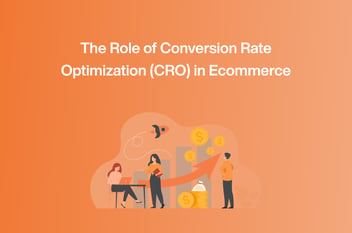The art of storytelling has emerged as a compelling strategy that transcends time and technology. Harnessing the potency of narratives isn't merely about recounting tales of old; it's about sculpting engaging stories that captivate audiences, elevate brands, and drive business growth. Understanding the pivotal role of storytelling and implementing structured frameworks can be a game-changer for modern enterprises.
Storytelling as a Marketing Strategy
The fusion of storytelling and marketing has proven to be a potent elixir for businesses seeking to forge stronger connections with their audience. Beyond a mere sequence of events, storytelling in marketing embodies a purposeful narrative that resonates with the consumer's emotions, aspirations, and desires. It's the conduit through which brands convey their identity, values, and offerings, fostering a deeper and more enduring relationship with their customers.
Joseph Campbell's Hero's Journey Framework
At the core of effective storytelling lies the age-old framework popularized by Joseph Campbell – the Hero's Journey. This narrative structure, spanning across diverse cultural tales and iconic stories, comprises twelve distinct stages. From the 'ordinary world' to the 'return with the elixir,' each phase intricately weaves a compelling storyline that mirrors the protagonist's evolution, struggles, and triumphs. A conventionally good story should entice the audience immediately and should keep them hooked throughout the story, until the conclusion, where a problem that has been presented at the beginning has been resolved. The presentation of a problem to the audience and the subsequent journey undertaken by the characters to resolve it is what defines a compelling narrative.
Crafting Engaging Narratives
An indispensable facet of impactful storytelling resides in the infusion of essential elements: stakes and transformation. The narrative's stakes inject significance and relevance, underlining why the story matters. Simultaneously, the protagonist's transformation signifies growth, whether in beliefs, identity, or perspective. These elements collectively elevate the story, making it compelling and relatable to the audience.
Simplified Three-Part Structure
While the Hero's Journey presents a comprehensive framework, a simplified three-part structure – beginning, middle, and end – encapsulates the essence of effective storytelling. This concise model allows businesses to craft narratives that swiftly engage, resonate, and inspire action among their target demographics.
Embracing Imperfection for Impact
Storytelling doesn't mandate perfection; instead, it thrives on authenticity and relatability. Brands need not aspire to be literary virtuosos; rather, they must share genuine experiences, aspirations, and anecdotes that resonate with their audience. Embracing imperfections humanizes the narrative, fostering a deeper connection with consumers.
The fusion of storytelling with marketing transcends conventional promotional tactics. By embracing structured frameworks like the Hero's Journey and simplified narrative models, businesses can weave compelling stories that resonate, connect, and drive meaningful engagement.




